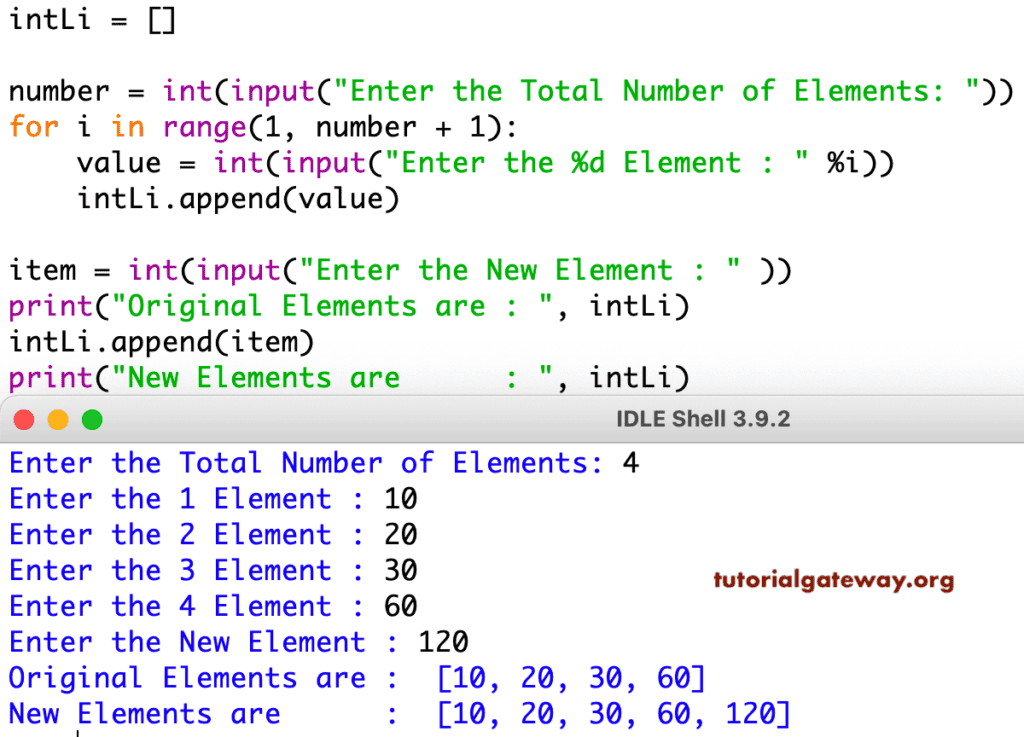

# Give the first string as user input using the input() function and store it in a variable. Give the fill value as user input using the input() function and store it in another variable.Give the second string as user input using the input() function and store it in another variable.Give the first string as user input using the input() function and store it in a variable.Output: Enter some random List Elements separated by spaces = 9 8 7 6 5Įnter some random List Elements separated by spaces = 1 2 3 # Pass the given first and second lists as the arguments to the zip_longest() function # Give the second list as user input using list(),map(),input(),and split() functions. 'Enter some random List Elements separated by spaces = ').split())) # Give the first list as user input using list(),map(),input(),and split() functions. Give the second list as user input using list(),map(),input(),and split() functions.Give the first list as user input using list(),map(),input(),and split() functions.Rslt = zip_longest(gvn_fststr, gvn_scndstr, fillvalue=gvn_filvalu) # the zip_longest() function and store it in a variable. Gvn_filvalu = Pass the given first and second strings and fill value as the arguments to # Give the fill value as static input and store it in another variable. # Give the second string as static input and store it in another variable. # Give the first string as static input and store it in a variable. Pass the given first and second strings, and given fill value as the arguments to the zip_longest() function, and store it in a variable.Give the fill value as static input and store it in another variable.Give the second string as static input and store it in another variable.Give the first string as static input and store it in a variable.# Convert the above result into a list using the list() function and store it in Rslt = zip_longest(gvn_fstlst, gvn_scndlst) # Pass the given first and second lists as the arguments to the zip_longest() # Give the second list as static input and store it in another variable. # Give the first list as static input and store it in a variable. Convert the above result into a list using the list() function and store it in another variable.īelow is the implementation: # Import zip_longest() function from itertools module using the import keyword.Pass the given first and second lists as the arguments to the zip_longest() function and store it in a variable.Give the second list as static input and store it in another variable.Give the first list as static input and store it in a variable.Import zip_longest() function from itertools module using the import keyword.Method #1: Using Built-in Functions (Static Input) Using Built-in Functions (Static Input).It alternately prints the values of lists in sequence. Given second List = Įxplanation: Here it takes 25 from the first list and 100 from the second list, similarly If the iterables are of various lengths, use this value to pad the outputs. These are the iterables like list, string, and so on.įillvalue: This is Optional. Syntax: zip_longest( iterable1, iterable2, fillvalue) Note: If no fillvalue is given it prints 'None' to fill in the gaps. If one of the iterables is completely printed, the values supplied to the fillvalue argument are used to fill in the gaps.

It alternately prints the values of iterables in sequence. This iterator is classified as a terminating iterator. This module provides the following types of iterators: Iterators are classified into three types. itertools enable us to solve complex problems quickly and easily.

Itertools in Python refers to a Python module that allows the creation of iterators, which aids in efficient looping, as well as time and space efficiency.

They make it very simple to iterate through iterables such as lists and strings. Itertools is a Python module that contains a collection of functions for dealing with iterators.


 0 kommentar(er)
0 kommentar(er)
